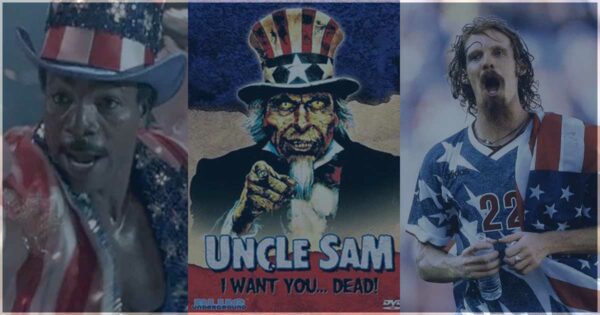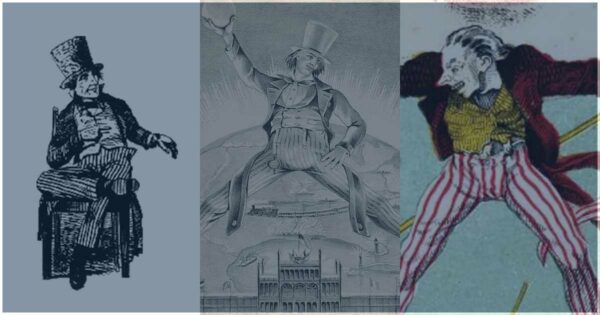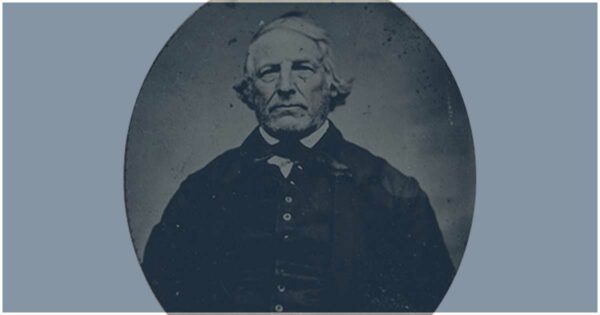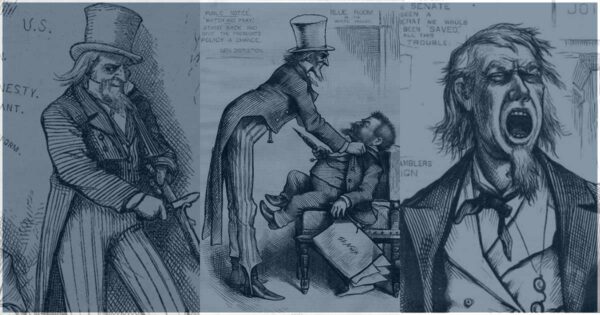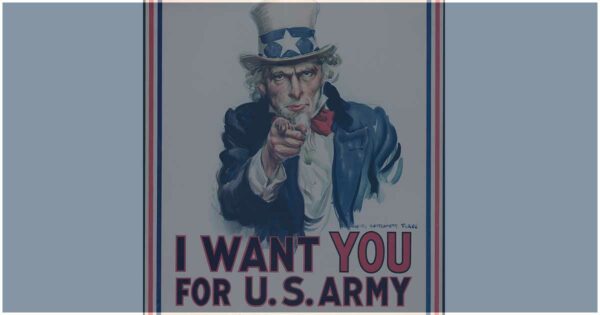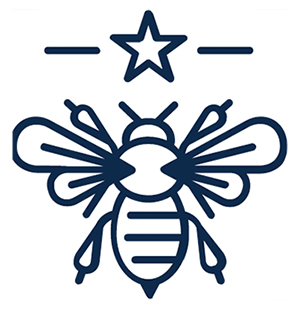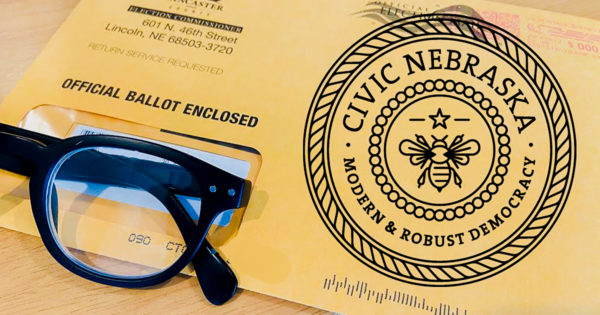Happy Birthday to Uncle Sam. It would be fitting if America’s favorite uncle had been born on the Fourth of July, but historians actually point to Sept. 7 as his big day. That date, during the War of 1812, marked his first appearance in an American newspaper. But do you know the larger story of Uncle Sam – how our nation’s unique personification came to be forged by our many conflicts, the nuances of what he symbolizes, and the ways that he persists in American culture?
Read on, dear patriot. Read on.
Hail, Columbia
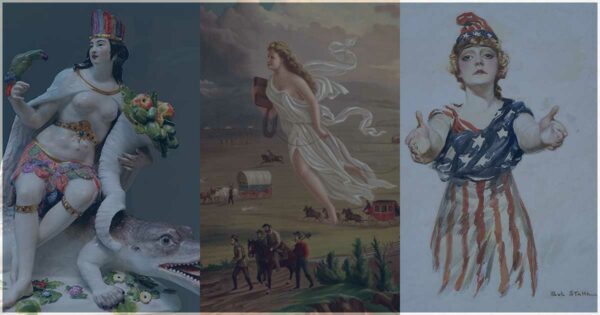
Hands down, Uncle Sam is the most famous and enduring manifestation of America – but he wasn’t the first. That honor goes to Columbia, a goddess-like being who first personified the Americas long before there was the United States. As far back as the 16th century, European artists popularly metaphorized the New World as a partly-dressed woman in a headdress of bright feathers, surrounded by exotic wildlife while holding a cornucopia, the bounty of a plentiful continent.
Predictably, as more white European settlers arrived over the next century, the magnificent figure gradually reflected less and less Native culture. The name Columbia, a toponym reaching back to Christopher Columbus, first appeared in 1738; by Revolutionary times, she had grown into a quasi-mythical figure who symbolized American liberty itself. A popular version presented Columbia in a red-and-white-striped dress, a blue blouse, a shawl with white stars, and a “liberty cap.”
It was common to see Columbia in mass media in the century following independence. By the 1870s, Columbia had become a symbol of Manifest Destiny, ushering the country westward. Only at the end of that century – and the 1886 arrival of a new, iconic female personification – did Columbia begin to fade from the public eye (though you can still spot her at the beginning of a film by Columbia Pictures).
He’s not my uncle, he’s my Brother
Modern-day Uncle Sam is most certainly an evolution of Brother Jonathan – an 18th-century character often associated with the region of New England, and an allegory of capitalism and the American people. Often depicted in striped pants, a long overcoat, and a stovepipe hat (hmm), Brother Jonathan made regular appearances in editorial cartoons and other publications for more than a century, starting in the very early days of the United States. Generally good-natured and boisterous if not a bit preachy, Brother Jonathan often was depicted as a lecturer for universal Yankeedom. His ill-fitting clothing implied he placed a premium on thrift, industriousness, and other capitalist values.
Brother Jonathan’s name is supposedly derived from Jonathan Trumbull, who was governor of Connecticut during the Revolution and a key supplier of the Continental Army. Some myth-making is necessary to secure the connection: Supposedly, when asked how on Earth he could defeat the mighty British Army, George Washington allegedly replied: “We must consult Brother Jonathan.” That story, though, failed to emerge until well after both men’s deaths, making it a bit specious. Or is it? In 1776, after the Siege of Boston expelled the British from the city, the Continental Army was greeted with straw dummies on Bunker Hill with notes pinned to their chests: Welcome, Brother Jonathan.
Sam, I am
As interesting as it is to dwell on the archaic mythos of the colonies and early American republic, this is an essay about Uncle Sam – so let’s move along. While the exact origin of the name Uncle Sam is lost to history, it became popularized by another war between the United States and Britain: The War of 1812. The consensus tale is that Uncle Sam was based on a “tall, dignified, kindly” meatpacker from Troy, N.Y., named Sam Wilson. His pork and beef filled the bellies of American soldiers stationed in New York and New Jersey.
When the containers arrived, they were stamped E.A.–U.S., which stood for “Elbert Anderson – United States.” Anderson, a real-estate baron, was the actual owner of the government contract, bought meat from Wilson, and sent hundreds of stamped boxes to the troops. As legend has it, one day in 1812 a stack of containers was sitting on a wharf waiting to be shipped to Newburgh and Greenbush. When a watchman was asked what the four initials on the container meant, the watchman reportedly replied: “It all belongs to Mr. Anderson and Uncle Sam. Uncle Sam who? Why, Uncle Sam Wilson. He owns all about here and is feeding the Army.” Word quickly got around and the name followed the shipments to the army camps, was popularized by American soldiers, and quickly spread into widespread use in reference to the U.S. government.
Like nearly all popular legends, there are doubts about this story’s full validity. In fact, it didn’t appear in print for another 30 years, while more recent research appears to indicate the earliest known mention of “Uncle Sam” came in 1810, well before Anglo-American hostilities. Here’s the thing, though: It didn’t matter. By the time the name first appeared widely in print – on Sept. 7, 1813 – U.S. Customs officials were already being called “Uncle Sam’s Men.” That same year, Wilson’s hometown newspaper compared the popularity of the name to John Bull, Sam’s British counterpart. A few years later, a Philadelphia periodical playfully referred to a regiment of U.S. Light Dragoons as “Uncle Sam’s Lazy Dogs.” Already, Uncle Sam – still devoid of form or face – was a widely accepted handle for federal power and authority.
What a character
It would take several decades after his debut in the War of 1812 for an Uncle Sam we would recognize to emerge. Remember Brother Jonathan? In the generation following the War of 1812, the moralizing New Englander remained the most recognizable avatar of the United States around the globe – including in England, where cartoonists used a bearded version to critique America and lampoon her uncultured hayseeds.
Though he appeared regularly in cartoons from the 1830s to the 1850s, Uncle Sam had not yet settled on a single, unified look. It took a third war – the Civil War – to bring our favorite uncle into focus.
Uncle Sam took a leap forward in the newly reunited Union courtesy of Thomas Nast, the famed political cartoonist who also gave us our modern version of Santa Claus, the Democratic donkey and the GOP’s elephant. Nast mixed well-known elements of Brother Jonathan with the emerging iconography of Abraham Lincoln for his interpretation. This lanky-and-cranky version of the character often appeared in Harper’s Weekly in the decade following the Civil War.
Despite their obvious shared bloodline, Uncle Sam and Brother Jonathan peacefully co-existed in the public square for another 40 or so years, two sides of the same coin. Americans seemingly had no trouble distinguishing between the two, or what they specifically represented – Sam symbolized the government, Columbia conveyed the spirit of liberty, and Jonathan was an avatar of the American people. In 1893, The Lutheran Witness declared brother and uncle one and the same: “When we meet him in politics we call him Uncle Sam; when we meet him in society we call him Brother Jonathan,” they wrote.
Such sentiments lasted until 1916, with the United States on the doorstep of a fourth war – World War I. That was when James Montgomery Flagg, a popular American illustrator, produced one of the most iconic images in American history:
Originally, Flagg’s work was published in a newspaper with the headline “What Are You Doing For Preparedness?” A year later, four million copies of the image, emblazoned on a poster with I want YOU for U.S. Army, was papered across the country as wartime propaganda. Flagg based the image of Uncle Sam on a similar British recruitment ad and used his own face as his model because he didn’t have time to recruit a proper subject. He did, however, implore his neighbor, Walter Botts, to model Sam’s famous finger-pointing pose for the work.
The image was a sensation – in fact, it was so successful during the Great War that it was revived during World War II to again encourage young American men from coast to coast to join the fight, this time against the bloody Axis. To fulfill their destiny as the great arsenal of democracy, the American people would need to live up to Sam’s standards. Words like brave, clever, vigilant, hard-working, wise, honest, and resourceful were often used to describe our star-spangled artful codger.
Built to last
